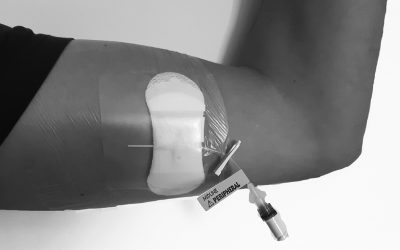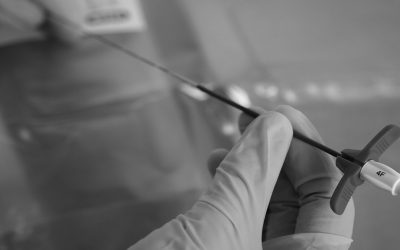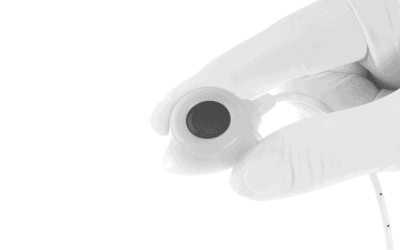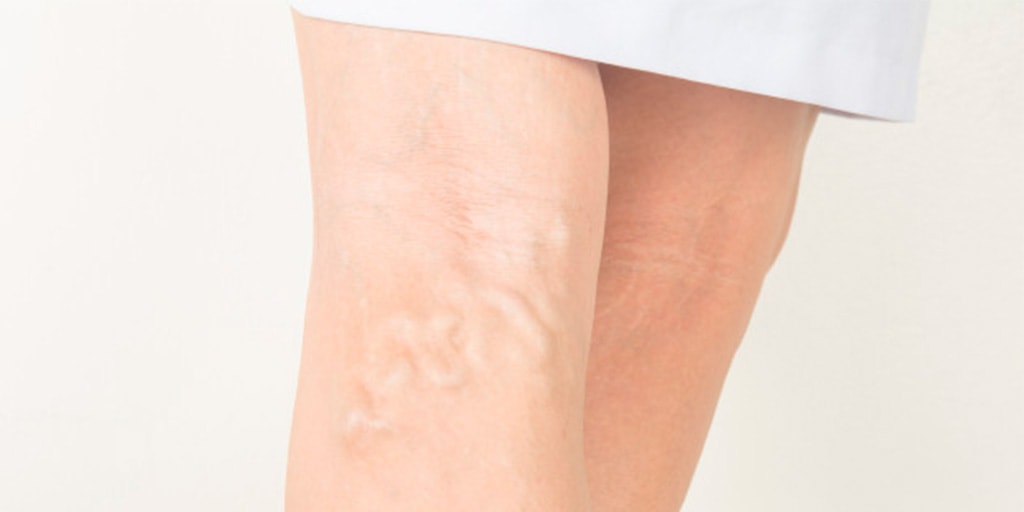Introduction The aim of this article is to describe and discuss some differences between the short peripheral intravenous catheter (SPIVC) and the long peripheral intravenous catheter (LPIVC) inserted using the Seldinger Technique. It will consider how these...
What is the meaning of symbols on medical devices labels?
On medical devices labels, manufacturers have to include the necessary information about the equipment that healthcare professionals are going to use for patient care. Provided on products’ batches or packaging, labels are an essential tool to identify the product and...
Mechanical complications of implantable ports – A testimonial of Dr Jean-Jacques Simon
The mechanical complications of an implantable port are numerous and frequent. However, they are often avoidable if the basic rules of insertion and use are known and respected. We can classify the causes of mechanical complications of ports as follows: - Catheter...
5 midline complications to know
Intravenous therapy is a usual treatment for hospitalized patients and increasingly, for those who are at home. The administration of drugs can give rise to problems such as phlebitis and extravasation among others, which can force us to use various peripheral routes. Over time, different devices have emerged, including midlines…
Peripherally Inserted Central Catheters (PICCs): Best Practice
The last article in this series discussed methods to reduce the risk of complications in PICCs. This final article will focus on how to troubleshoot some of the most common complications associated with PICCs if they do occur…
The placement of PICC-ports by multidisciplinary teams – A Marta Rubio de las Cuevas interview
In this article, we interview Marta Rubio de las Cuevas on the placement of PICC-ports by multidisciplinary teams. Marta has been a nurse in the Vascular-Interventional Radiology Department at the Marqués de Valdecilla University Hospital in Santander, which has been a pioneer in the training of multidisciplinary teams for the insertion of PICCs for 43 years…
5 things to know about thrombosis in PICCs
In this article, we will address thrombosis in peripherally inserted central catheters (PICCs) based on the following aspects: incidence, causes, physiology, symptomatology, and prevention…
Peripherally Inserted Central Catheters (PICCs): The safe use
The use of PICCs has increased in recent years and can now be found in many specialties and in both hospital and out of hospital settings. Despite being devices that are beneficial to patient care, they are associated with potential complications. Such complications include: infection, occlusion, thrombosis, catheter, migration, catheter fracture…
Therapeutic Apheresis
We are currently seeing a boom in therapeutic apheresis (TA) with indications not only in oncohaematology, but also in nephrology, cardiology, dermatology, gastroenterology, rheumatology, neurology, metabolic diseases… the list of diseases whose treatments include TA goes on and on…
Administration of chemotherapy: what are the risks in the Oncology Day Hospital?
Too many patients attend the Oncology Day Hospital (ODH) services to receive their chemotherapy treatment. In an environment with a significant healthcare burden, nurses are also exposed to the danger of cytostatic drugs used in cancer treatments…
The Seldinger technique: when to use the classical or modified method
The evolution of the Seldinger technique since its development in the 1950s has allowed this method to be used with other types of vascular access devices and in fields outside of interventional radiology…
Peripherally inserted central catheters (PICCs): The key principles
Although Vascular Access Devices (VAD) have many advantages, the burden of harm associated with them is significant. It is now accepted that the presence of any VAD immediately places patients at risk of complications…
Midline catheter: placement and maintenance protocol
The midline catheter growth has been exponential since it is a resource that allows a notable improvement in the management of vascular access for medium-term treatments compatible with peripheral perfusion…
ZIM method and tunnelling in PICC placement
The performance of a Vascular Access Device (VAD) can be predicted based on four criteria: tip position, insertion technique, cannulated vein and exit site.
Administration of antineoplastic drugs: a safety issue
The increasing use of infusion pumps for chemotherapy treatments means that they must be used with hazardous drugs (e.g. 5-fluorouracil), which poses a risk of exposure for workers, patients and caregivers during the filling, handling, administration and removal of this type of device.
Combining aesthetics and feasibility in PICC-port placement
The clinical study on breast cancer patients has reported a very low incidence of PICC-port failure (2.6%), similar to the figures reported for chest-ports. Therefore, PICC-ports are safe, and their use is recommended when chest ports are not an option.
Prevention of complications in PICCs: how to prevent obstruction
Maintenance of PICCs requires a set of washing and sealing procedures. However, what should be done if a PICC catheter is obstructed despite applying the protocols correctly?
A safe axillary-subclavian venous access
The subclavian vein puncture, area of the axillary-subclavian junction, is known for its possible complications such as pinch-off syndrome and pneumothorax. These are perfectly avoidable when the puncture is performed under ultrasound monitoring.
Peripheral vascular access of elderly patients: what are the available options?
In this article, we will see what the impact of elderly patients is on hospitals and how peripheral vascular access can be managed when such patients require intravenous treatment.
Combining aesthetics and feasibility in chest port placement
How can I achieve a skillful and aesthetically pleasing chest port placement? To answer this question, I will explain how I place chest ports using the jugular then the subclavian vein.
Acute Vascular Injuries during CICC placements
Central venous catheterization (CVC) is a technique commonly used to obtain short and long-term vascular access. There are many potential risks associated with CVC insertion and that can lead to vascular injuries.
The routes of vascular access device infections
The need for vascular access to administer intravenous medicines and fluids is an essential part of healthcare delivery in acutely ill patients. It is suggested that most patients admitted to acute hospitals will have at least one vascular access device (VAD) inserted during their hospital stay.
PICC placement in patients with Atrial Fibrillation
Since the late 1980s, Dr Pittiruti and Dr LaGreca of the Fondazione Policlinico Universitario Agostino Gemelli in Rome have been researching the possibility of using ECG to locate the tip of a PICC. In 1989, they studied the feasibility of analysing the TQ segment to use this system in patients with atrial fibrillation.
The varying terminology surrounding Midline Catheters
Vascular Access Devices (VADs) are divided into two basic groupings, peripheral and central. The group delineation is determined, primarily, by the catheter tip termination position, rather that the insertion site. Peripheral catheter tips remain in the periphery, terminate distal to the subclavian or femoral vein, and are optimal for intravenous medications that are peripherally compatible.
Midline Catheter at home
This pandemic has confirmed a reality for us: hospitals are for acute patients. Although this is not new, we are now able to put it into action: now more than ever our home is our shelter. Home health care, specifically in the field of vascular access, IS feasible.







